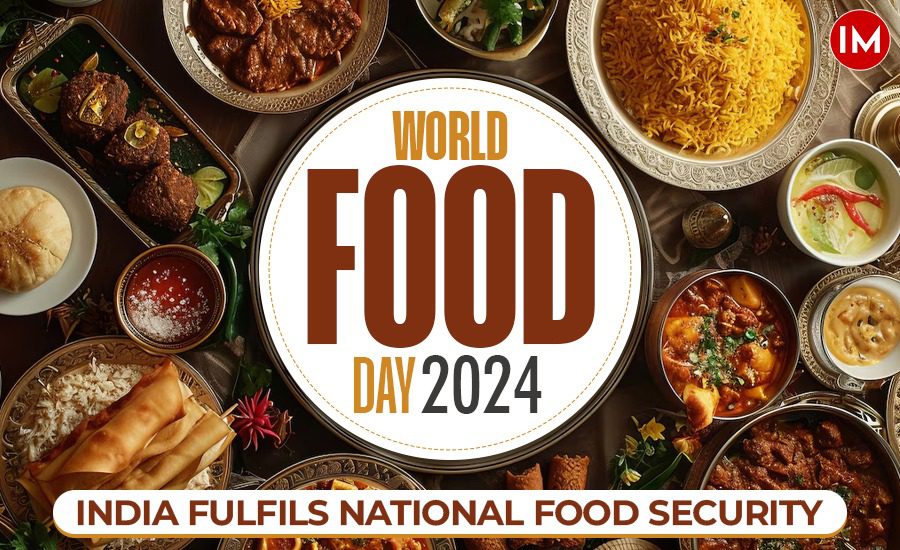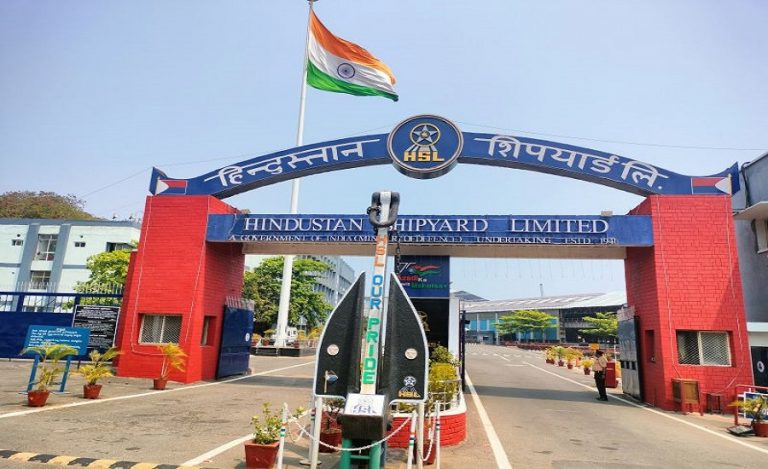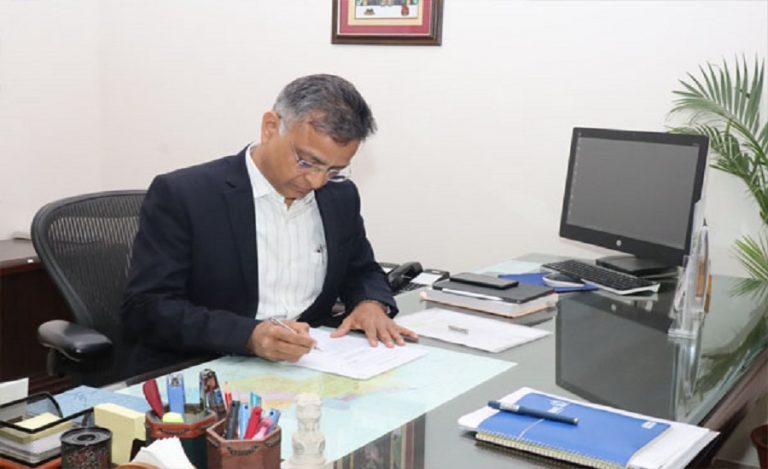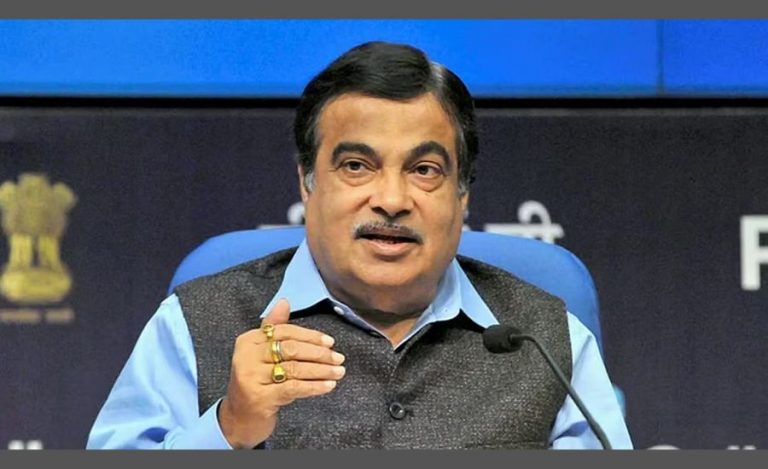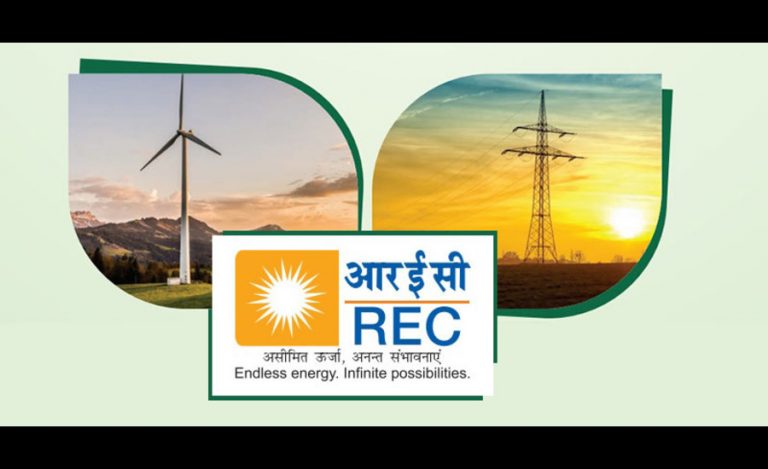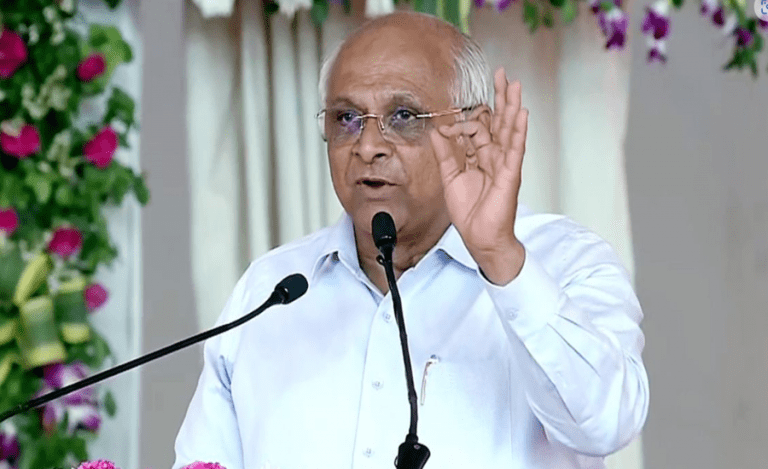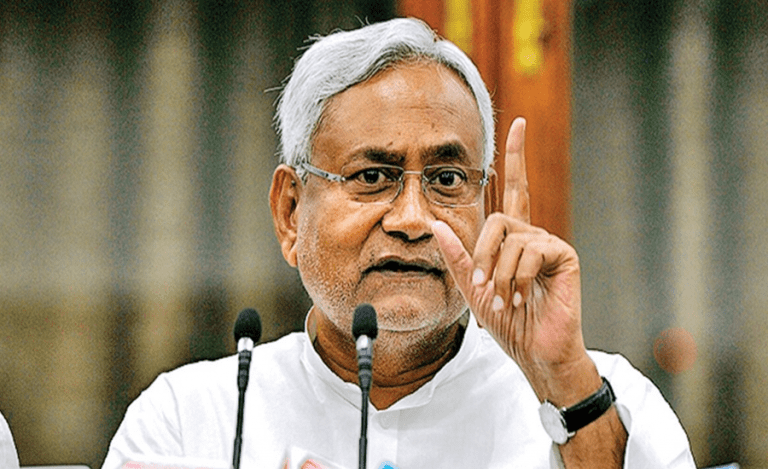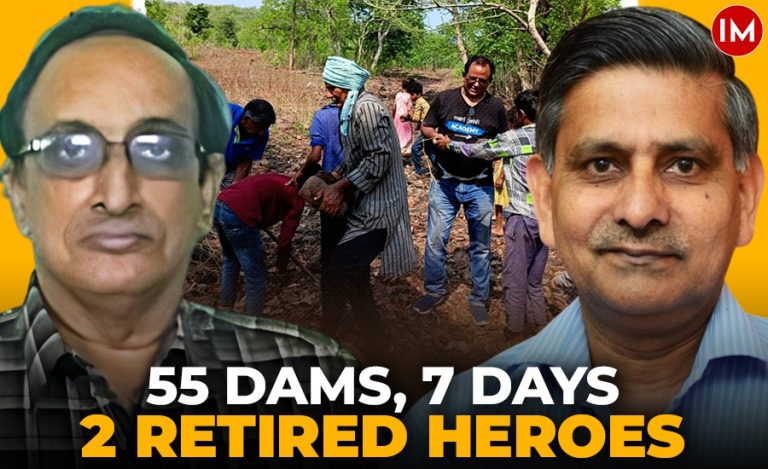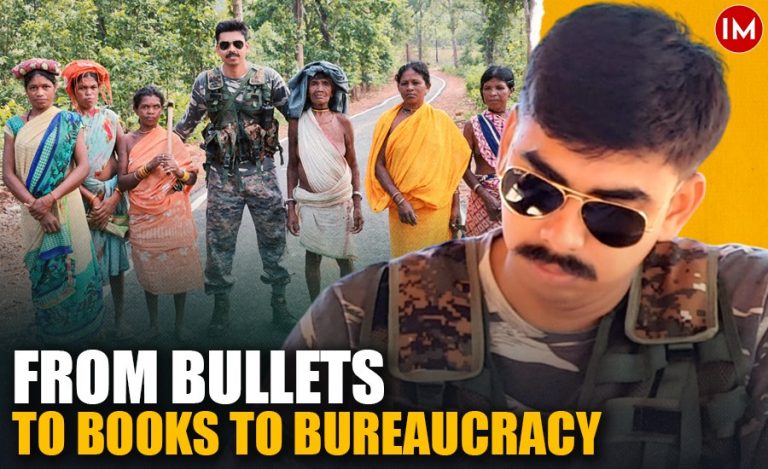On the occasion of World Food Day, celebrated annually on October 16th, Indian Masterminds reflects on India’s extensive and multifaceted food security programs that have evolved over decades to combat hunger, malnutrition, and food insecurity. As one of the world’s most populous nations, ensuring that every citizen has access to adequate nutrition is a monumental task. However, through various government initiatives, India has become a leader in securing food for its people, while also contributing to global food security.
A SNAPSHOT OF INDIA’S FOOD RESERVES
As of July 2024, India’s Central Pool holds a remarkable 608.75 lakh metric tonnes of food grains, far surpassing the stocking norm of 411.20 lakh metric tonnes. This surplus ensures that the country’s food programs—Targeted Public Distribution System (TPDS), Welfare Schemes (CWS), and other initiatives—are well supplied, providing essential nutritional support to millions of families. With this abundance, India is not only tackling its own food security concerns but is also positioned to assist globally in times of crisis.
NATIONAL FOOD SECURITY ACT (NFSA): A RIGHTS-BASED APPROACH
Coverage and Impact
One of the most significant milestones in India’s fight against hunger is the National Food Security Act (NFSA), which legally entitles up to 75% of the rural population and 50% of the urban population to receive subsidized food grains. The NFSA covers approximately 81 crore beneficiaries, with 16 crore of them being women, ensuring a strong focus on gender equity in food distribution.
This massive outreach encompasses both Priority Households (PHH) and Antyodaya Anna Yojana (AAY) beneficiaries, with food provided at subsidized rates of ₹3 per kg for rice, ₹2 per kg for wheat, and ₹1 per kg for coarse grains. In 2024, the act covered nearly 98.9% of its eligible beneficiaries, marking a significant success in the public distribution system (PDS).
Transition to a Rights-Based System
The NFSA marks a pivotal shift in India’s approach to food security, transforming it from a welfare-based initiative to a rights-based entitlement. This ensures legal accountability and sustainability, providing vulnerable sections of society with guaranteed access to food.
PRADHAN MANTRI GARIB KALYAN ANNA YOJANA (PMGKAY): RELIEF AMIDST CRISIS
Extended Relief Post-COVID-19
Launched during the economic disruptions caused by the COVID-19 pandemic, the Pradhan Mantri Garib Kalyan Anna Yojana (PMGKAY) provided immediate relief by offering free food grains to over 81.35 crore beneficiaries. Originally intended as a temporary measure, the government extended the scheme for another five years starting in 2024, demonstrating its commitment to long-term food security for the nation’s most vulnerable populations
Under PMGKAY, AAY households receive 35 kg of food grains per month, while PHH beneficiaries receive 5 kg per person. The government estimates that it will spend ₹11.80 lakh crore over five years to continue this critical initiative, reflecting its determination to remove financial burdens from the poorest sections of society.
PM POSHAN: NOURISHING THE NEXT GENERATION
School Meals and Nutrition
India’s PM POSHAN Abhiyaan—formerly the Mid-Day Meal Scheme—focuses on tackling hunger in schools while improving educational outcomes. By providing free meals to children in government and government-aided schools, the scheme addresses both malnutrition and school attendance.
Between 2021 and 2026, the government has allocated ₹130794.90 crore for the program, with additional food grains worth ₹45,000 crore. The program is particularly vital in improving the nutritional status of children, especially from underprivileged backgrounds, and encouraging regular school attendance.
Celebrating Nutrition through Poshan Maah
In September 2024, India celebrated its 7th Rashtriya Poshan Maah as part of the Poshan Abhiyaan, the country’s flagship scheme aimed at improving nutritional outcomes for children, adolescent girls, pregnant women, and lactating mothers. This nationwide campaign focuses on themes such as anemia prevention and growth monitoring, underscoring the government’s commitment to addressing malnutrition comprehensively.
ANTYODAYA ANNA YOJANA (AAY): REACHING THE POOREST OF THE POOR
The Antyodaya Anna Yojana (AAY) plays a crucial role in providing highly subsidized food grains to the most vulnerable families in India. Launched in 2000, the program today supports over 8.92 crore beneficiaries, with over 2 crore women benefiting from the scheme. The inclusion of female beneficiaries highlights the government’s focus on ensuring that women, often at the forefront of household food management, are empowered through such welfare measures.
THE MID-DAY MEAL SCHEME: A LIFELINE FOR SCHOOLCHILDREN
The Mid-Day Meal Scheme continues to be a critical component of India’s food security apparatus, ensuring that over 12 crore schoolchildren receive nutritious meals. The scheme, which has evolved since its inception in 1995, provides meals that meet the nutritional requirements of children in both primary and upper-primary levels.
This program not only addresses hunger but also plays a crucial role in improving school enrollment and reducing dropout rates, particularly in rural and disadvantaged areas.
GOVERNMENT ACTIONS ON PRICE STABILITY AND AFFORDABILITY
In addition to the direct food distribution schemes, the Indian government has also implemented policies to ensure price stability for essential food items. The Price Stabilization Fund (PSF) has been employed to manage volatility in commodities such as onions and pulses, with the onion buffer increasing from 1 LMT in 2020-21 to 7 LMT in 2023-24. In 2023, the government launched Bharat Dal, providing subsidized chana dal to ensure affordable access to pulses, a critical protein source for many Indians.
FROM CRISIS TO CONFIDENCE: INDIA’S ROLE IN GLOBAL FOOD SECURITY
India has not only addressed its own food security challenges but has also emerged as a global leader in food production. Today, India is the largest producer of milk, pulses, and spices, and the second-largest producer of food grains, fruits, and vegetables. This transformation highlights India’s critical role in contributing to the global dialogue on food security and ensuring that lessons from its journey are shared with the world.
India’s extensive and varied food security programs demonstrate the government’s commitment to eradicating hunger and malnutrition. As the country celebrates World Food Day 2024, these initiatives serve as a reminder of the strides India has made and the road ahead in ensuring a healthy, nourished population. Through schemes like the NFSA, PMGKAY, and PM POSHAN, India continues to provide hope and sustenance to millions of its citizens, ensuring that no one is left behind in the fight against hunger.

